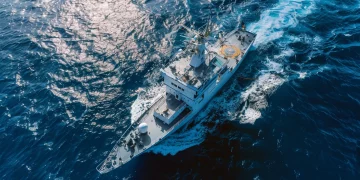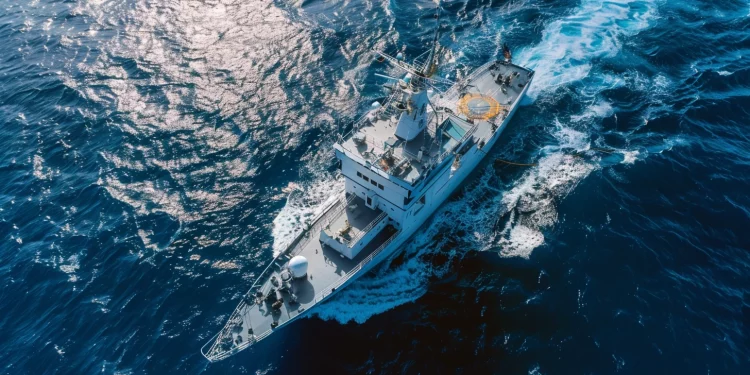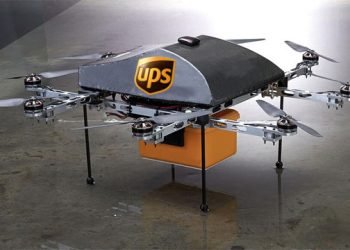With sensors spanning from the depths of the ocean to beyond Earth’s atmosphere, the National Oceanic and Atmospheric Administration (NOAA) relies on a robust logistics system to manage its extensive operations. Douglas Templeton, Chief of the National Logistics Support Center (NLSC) for NOAA and the National Weather Service, reveals that NOAA is presently undergoing a logistics system modernization effort. This initiative encompasses updates to software, business processes, and distribution methods.
“These systems are aging. They were custom-built for us back in 1989. And a lot of that computer language has evolved over the years,” Templeton shared on The Modernized Warehouse. “So, we’re currently in the process of modernizing each of these systems to employ more contemporary software languages. They are Oracle-based.”
Templeton anticipates the modernization to be finalized within the next 12 to 18 months. NLSC has already completed upgrades to the Weather Integrated Logistics System, which serves as the conduit between other agencies and NOAA’s Consolidated Logistics Systems (CLS) suite. CLS itself, along with a subsystem called Alpha responsible for tracking repairable parts, are next in line for enhancements. These upgrades promise substantial improvements across NOAA’s enterprise.
Enhanced Logistics Efficiency
One significant advancement is the ability for employees to access all logistics systems and subsystems through a unified interface, offering a comprehensive view of the logistics process from requisition to shipment tracking. Furthermore, this modernization effort enables NLSC to integrate newer technologies for further process optimization. A prime example is the implementation of barcode scanning for parts.
“The software language needs to accommodate our ability to integrate barcode software,” Templeton explained to the Federal Drive with Tom Temin. “Currently, when a material handler retrieves an item for shipping, they bring it to the shipping department, where the data must be manually input into the system. With barcoding, it’s a quick scan, enabling faster processing.”
This advancement is crucial for NLSC, as emergency requisitions must be shipped within 24 hours, with routine requisitions allowed 48 hours. Time savings from barcode scanning would enable NLSC to fulfill its logistics mission more efficiently.
Templeton also highlighted that product vendors already affix barcodes to shipping boxes, requiring no additional effort on NLSC’s part. By leveraging existing elements, NLSC is primed to seamlessly integrate barcode technology into its systems.
Training
Moreover, Templeton emphasized that this process will streamline operations for both employees and customers, obviating the need for comprehensive retraining. Instead, existing systems will become more efficient.
This is particularly vital as NLSC navigates a period of retirements. Of the 24 employees, a majority have served for over 20 years, with several recently retired or preparing to do so. Templeton has focused on capturing institutional knowledge to ensure a smooth transition for newer employees. Adopting entirely new systems and processes immediately after the completion of training would exacerbate this challenge significantly.























